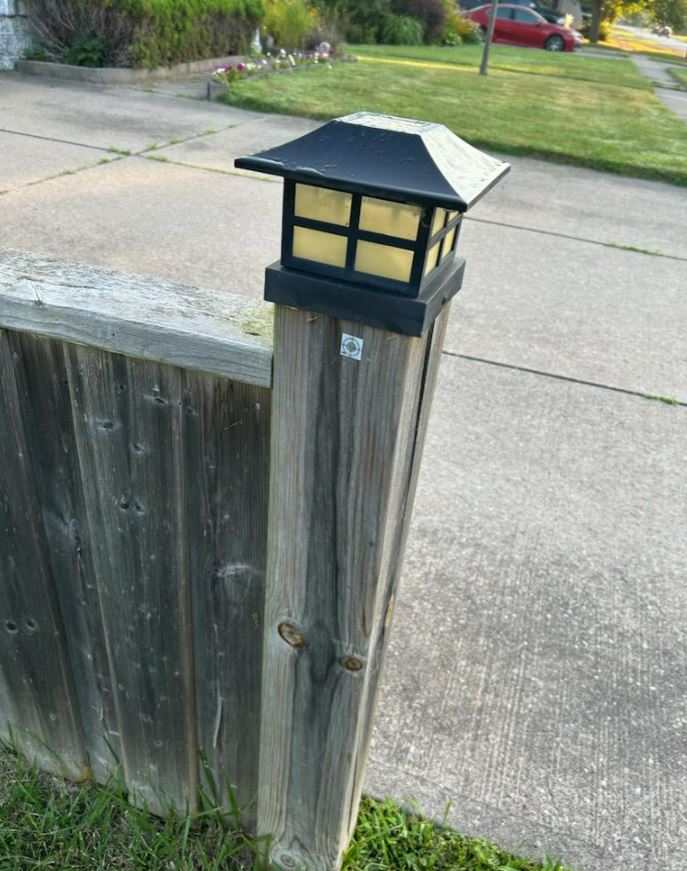Have you ever stepped outside, glanced at your driveway or fence, and noticed a small square reflector or sticker nailed onto it? At first, you might think it’s some kind of prank, a misplaced tag, or even a surveillance device. But don’t panic—what you’re seeing is most likely a survey target, an important but often overlooked tool used in mapping and construction projects.

These small reflective markers play a silent yet essential role in building and maintaining the infrastructure around you, and while they may seem random, their placement is deliberate and serves a purpose far greater than most people realize. A survey target is a device used by professional land surveyors to pinpoint precise locations during land assessments, construction planning, or public works projects. These targets can be reflective stickers or small nailed-on markers, often featuring crosshairs or bright reflective material to make them easily visible to surveying equipment. Surveyors typically use high-tech tools such as total stations or drones equipped with LiDAR to detect and record exact coordinates. The reflector allows these instruments to lock onto a specific point, ensuring that boundaries, roads, utilities, or other structures can be mapped with incredible accuracy.
When you see one of these small squares attached to your fence post, it’s not random—it’s been placed there intentionally because it offers a stable, unobstructed location that allows surveyors a clear line of sight to their equipment. If you’ve recently discovered a survey target on your property, it’s usually a sign that a survey has just been completed in your neighborhood or one is about to take place. This could be related to upcoming roadworks like widening or resurfacing streets, installing or upgrading public utilities such as water, electricity, or internet services, marking or updating boundary lines for properties or municipal assets, or preparing for larger development projects in your area. Surveyors often attach these markers to sturdy, fixed objects like fence posts or utility poles because they provide reliable anchor points for accurate measurements. Despite how unusual it may look, there’s no reason to be alarmed.
These targets are not cameras, microphones, or tracking devices. They don’t record your movements, they don’t interfere with your property, and they certainly don’t cause any damage. Think of them as temporary road signs for professionals who are mapping out improvements or repairs in your community. Their role is purely functional, helping crews gather data that keeps infrastructure projects moving smoothly. As for whether you can remove them, the general advice is to leave them in place until the project they’re tied to is completed.
Removing a survey target prematurely could disrupt the work being done, potentially delaying important upgrades or repairs in your neighborhood. If the marker has been sitting there for an unusually long time with no sign of activity nearby, you can always contact your local municipal office, township office, or public works department to ask if it’s safe to take it down. Often, once the project concludes, the targets are removed without property owners needing to intervene.
In a way, spotting one of these little squares on your fence is like finding a behind-the-scenes clue about how modern infrastructure is built. These markers, while small and seemingly insignificant, are part of a vast network of data points that guide road construction, fiber optic installations, boundary demarcations, and countless other projects that keep our towns and cities running. Long before roads are paved or new services are connected, surveyors rely on these reflective stickers to map out the future, connecting dots on a massive scale, one tiny marker at a time.
Surveying has been around for thousands of years, dating back to ancient Egypt, where ropes and sticks were used to measure land. Today, technology has advanced to lasers, UAVs, and these small reflective targets, but the purpose remains the same—to measure our world accurately so that communities can grow and thrive. So next time you notice what seems like a random sticker on your fence, take a moment to appreciate the unseen effort it represents. That tiny marker is part of a larger, meticulous process that shapes neighborhoods, builds connections, and lays the groundwork for the places we live in, both now and in the future.





